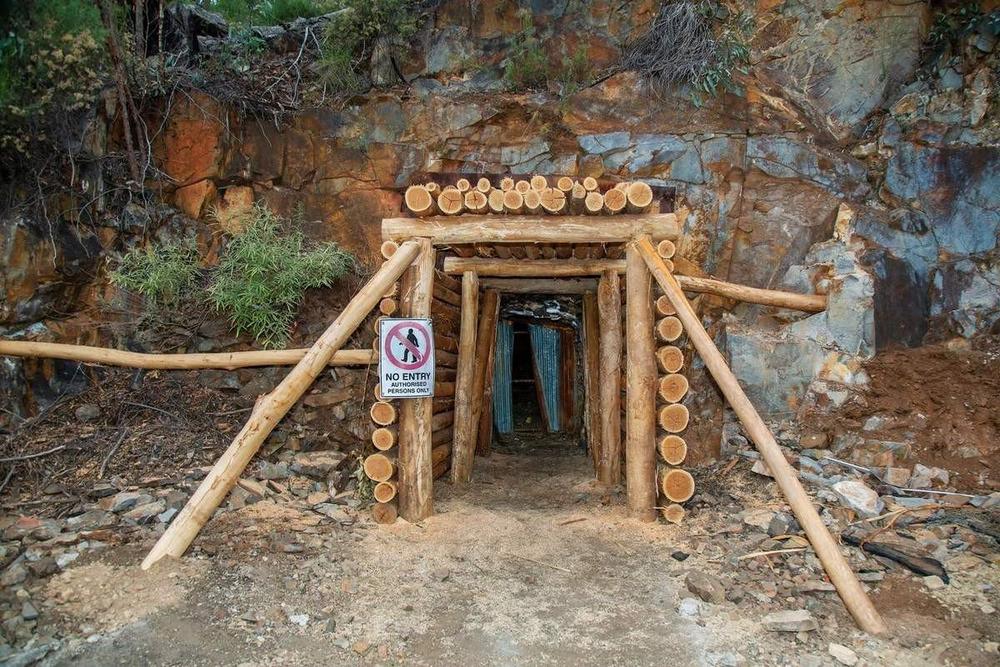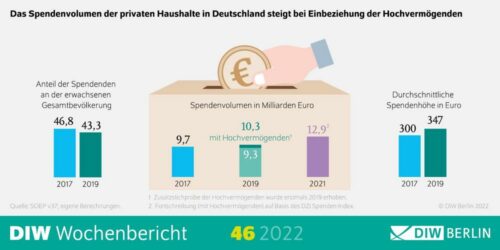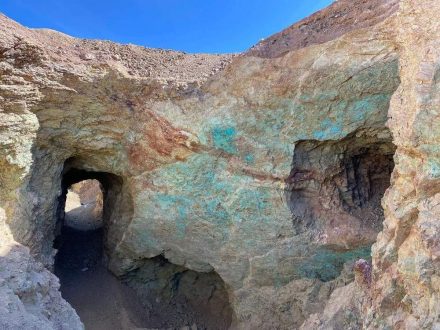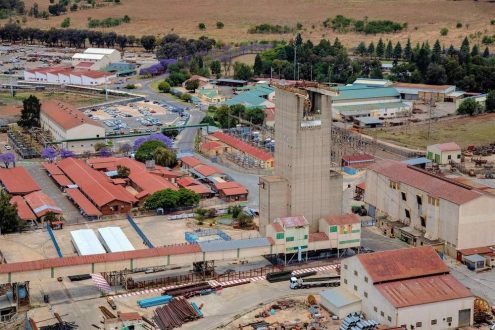
Energy turnaround drives demand for tin
Printed circuit boards need solder and printed circuit boards are part of the energy supply and electromobility and the demand for semiconductors is increasing. The reason for this is the new technologies, including the photovoltaic sector. Indeed, solder ribbons connect the solar modules. Currently, about 380,000 tons of tin are consumed annually. According to estimates, around 480,000 tons will be needed in 2030.
Historically, tin was first used in the production of bronze as an admixture to copper. Today, tin is also used in lithium-ion batteries, for example. Experts expect the entire semiconductor market to double in the coming years. According to the International Tin Association, demand for tin in the solar industry alone will double by 2030. In addition, tin is used in medicine or for tinning food cans. Flat screens and smartphone displays also cannot be manufactured without tin. There are only few tin deposits in Europe. A tin deficit in the future cannot be ruled out and already today the tin supply is at a critical level.
Almost all tin today comes from developing and emerging countries. The largest resources in Germany are in the Erzgebirge. Tin was mined there as early as the 13th century. The Altenberg and Pöhla deposits are well known. Currently, there are even exploratory drillings in the Ore Mountains.
In Saxony and Australia, for example, First Tin – https://www.youtube.com/watch?v=H3sL_BuWsq4 – has advanced tin projects. First Tin’s Tellerhäuser tin project is likely to be a world-class project that the company intends to bring to production quickly.
In Tasmania and in New South Wales in Australia, Tin One Resources – https://www.youtube.com/watch?v=JJHDhi8677c – is looking after tin projects.
Current corporate information and press releases from First Tin (- https://www.resource-capital.ch/en/companies/first-tin-plc/ -).
In accordance with §34 WpHG I would like to point out that partners, authors and employees may hold shares in the respective companies addressed and thus a possible conflict of interest exists. No guarantee for the translation into English. Only the German version of this news is valid.
Disclaimer: The information provided does not represent any form of recommendation or advice. Express reference is made to the risks in securities trading. No liability can be accepted for any damage arising from the use of this blog. I would like to point out that shares and especially warrant investments are always associated with risk. The total loss of the invested capital cannot be excluded. All information and sources are carefully researched. However, no guarantee is given for the correctness of all contents. Despite the greatest care, I expressly reserve the right to make errors, especially with regard to figures and prices. The information contained herein is taken from sources believed to be reliable, but in no way claims to be accurate or complete. Due to court decisions, the contents of linked external sites are also co-responsible (e.g. Landgericht Hamburg, in the decision of 12.05.1998 – 312 O 85/98), as long as there is no explicit dissociation from them. Despite careful control of the content, I do not assume liability for the content of linked external pages. The respective operators are exclusively responsible for their content. The disclaimer of Swiss Resource Capital AG also applies: https://www.resource-capital.ch/en/disclaimer/
Swiss Resource Capital AG
Poststrasse 1
CH9100 Herisau
Telefon: +41 (71) 354-8501
Telefax: +41 (71) 560-4271
http://www.resource-capital.ch
Telefon: +49 (2983) 974041
E-Mail: info@js-research.de
![]()




